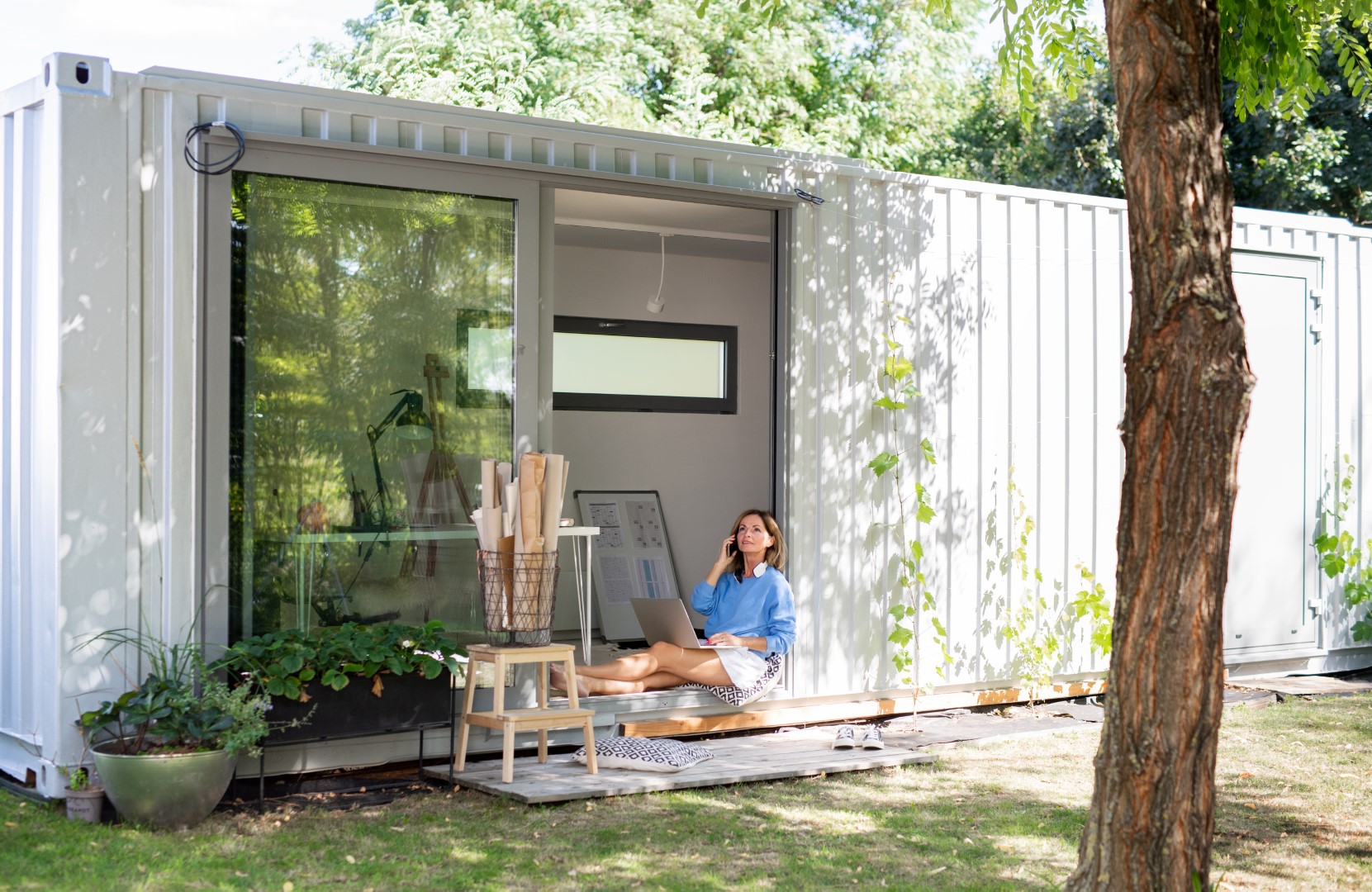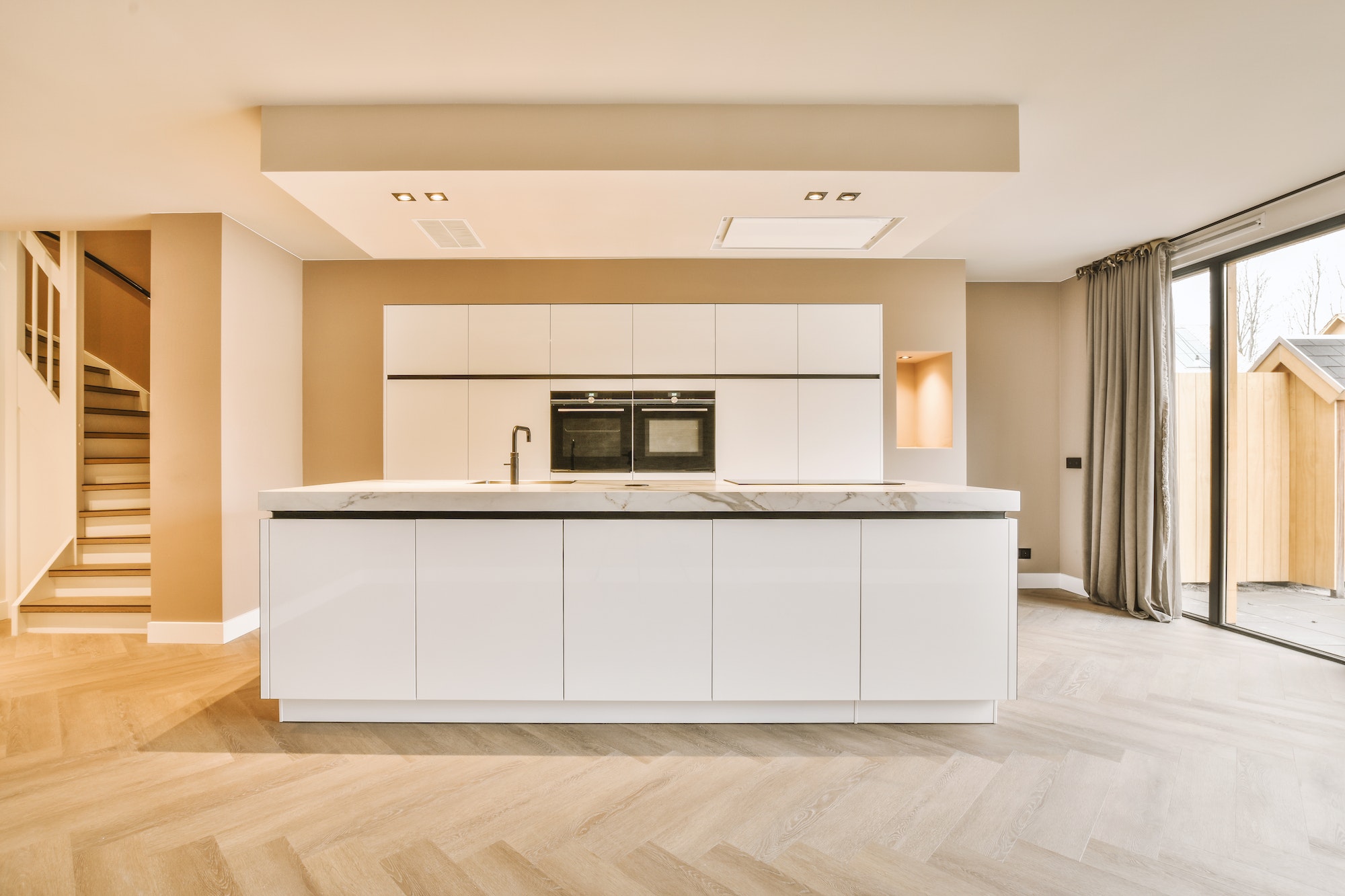Once relegated to the mundane task of transporting goods across oceans, shipping containers have transformed remarkably into versatile building blocks of creativity and innovation.
In recent years, container architecture has surged in popularity within the design and construction industry, transcending its initial status as a niche trend. It no longer revolves solely around repurposing shipping containers; instead, it focuses on pioneering sustainable, cost-efficient structures that challenge conventional notions of building design. Discover the ascension of container architecture and delve into its diverse applications in the contemporary world.
From Cargo to Creativity
Shipping containers, those ubiquitous rectangular metal boxes, have long been the workhorses of global trade, ferrying goods across oceans on massive cargo ships. But their journey doesn’t end when they reach the port. Instead, many are finding a second life as the building blocks for creative architectural projects.
Sustainable Solutions
One of the most appealing aspects of container architecture is its sustainability. By repurposing containers from reputable companies like Boxhub, we reduce the demand for new raw materials and the energy-intensive processes required to produce them. Recycling these containers into buildings reduces the environmental impact of traditional construction materials.
Versatile Design Possibilities
The adaptability of container architecture is mind-boggling. These containers are like Lego bricks for architects and designers, offering endless possibilities for customization. With a simple rectangular base, containers can be stacked, cut, rotated, and combined to create unique and functional spaces.
Innovative Designs
Container Homes
The most well-known use of shipping containers in architecture is the creation of container homes. These cozy, compact dwellings provide an affordable housing solution for many. Architects have elevated this idea by integrating environmentally friendly elements like rooftop gardens, solar panels, and rainwater collection systems.
Pop-up Shops and Cafes
Container architecture has revolutionized the world of pop-up retail and dining. Pop-up shops, cafes, and even bars use containers to create eye-catching and mobile spaces that can be easily transported to different locations.
Office Spaces
Containers have also found their way into the corporate world. Companies are using containers to create stylish and cost-effective office spaces. The industrial aesthetic of container architecture often blends seamlessly with modern office designs.
Art Galleries and Museums
The art world has embraced container architecture as well. Museums and galleries are using containers to house exhibitions and installations. The versatility of containers allows for dynamic and temporary spaces that can showcase a wide range of art forms.
Community Centers
Container architecture is leaving a beneficial mark on communities globally. Containers are being employed to construct community hubs, libraries, and educational institutions in underprivileged regions, swiftly delivering essential infrastructure in a cost-efficient manner.
Cost-Effective Construction
Traditional construction methods can be time-consuming and expensive. Container architecture offers a faster and more budget-friendly alternative. According to U.S. News Real Estate, a container tiny home may cost between $10,000 to $25,000, making it more affordable than traditional construction.
Containers are readily available and can be modified off-site, reducing construction time and costs. This makes container architecture an attractive option for both large-scale developments and small, creative projects.
Overcoming Challenges
While container architecture is undeniably innovative, it’s not without its challenges. Insulation, ventilation, and meeting building codes can be complex when working with containers. However, architects and designers have risen to the challenge, finding creative solutions to ensure comfort and compliance.
Discover more from Futurist Architecture
Subscribe to get the latest posts sent to your email.




